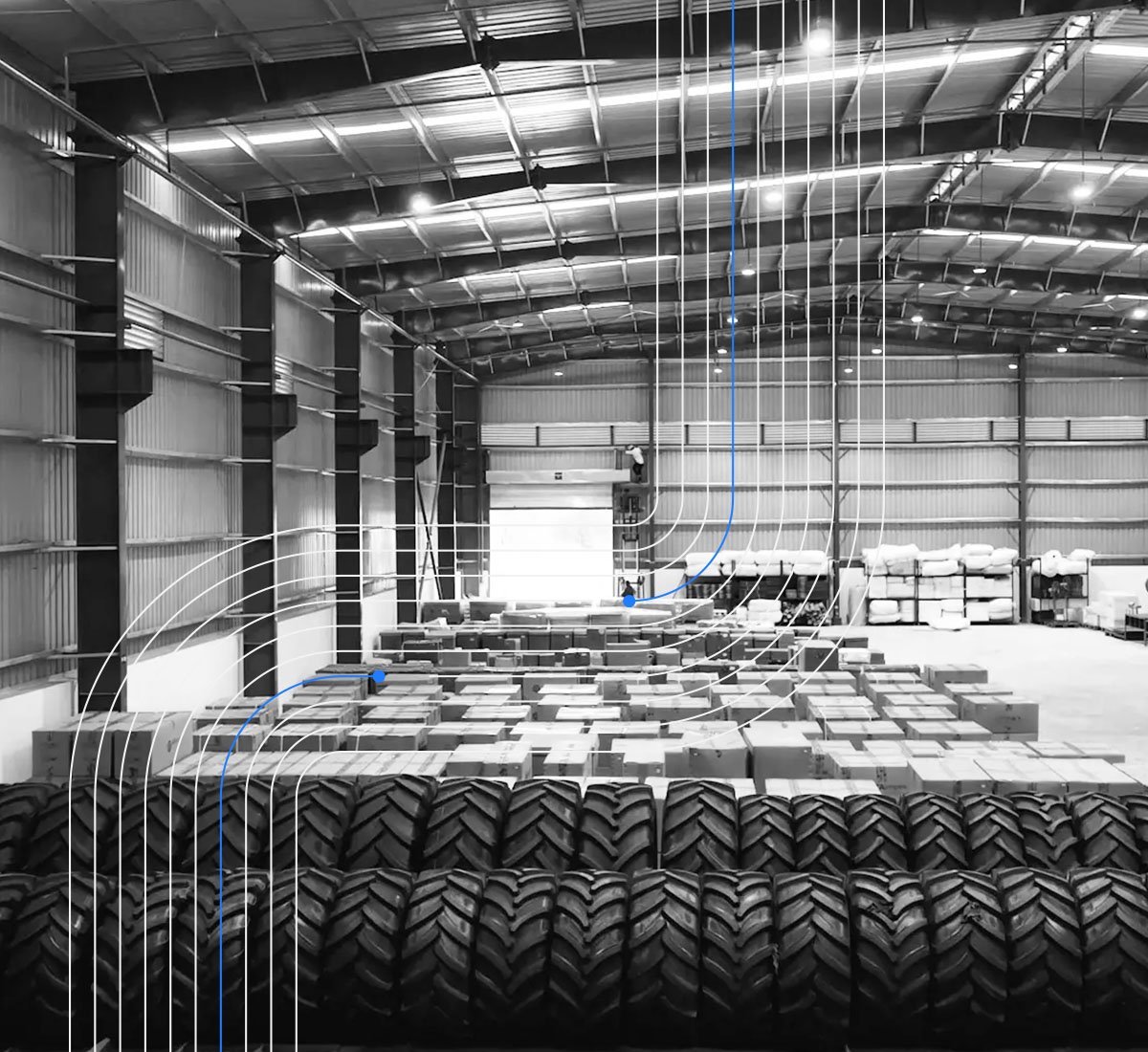We Remove Friction From Supplier Networks.
Disconnected supplier networks create inefficiencies that slow production and increase costs. ATA orchestrates automotive and machinery supplier ecosystems, synchronizing deliveries, enforcing quality standards, and providing visibility across all tiers. Our solutions reduce line-side inventory, maintain sequencing for vehicle assembly, and ensure the right components arrive exactly when needed for efficient production.


Why Many Suppliers Underperform
Fragmented operations, lack of visibility, and inconsistent logistics performance create costly inefficiencies. ATA helps suppliers overcome these common challenges:
Inconsistent Delivery Performance
Late or incomplete shipments disrupt manufacturing efficiency and drive up costs.
Capacity & Cost Pressure
Gaps in inventory alignment put production at risk and threaten profitability.
Sustainability & Cost Misalignment
Automotive and machinery suppliers struggle to meet industry sustainability goals while managing cost pressures.
OEM Alignment Overload
Serving multiple OEMs creates complex documentation, compliance, and delivery challenges.
Multi-Tier Management Complexity
Suppliers without standardized processes and integrated tools lack control over network performance.
Lack of Technology & Data Integration
Siloed technology limits visibility, making real-time production synchronization challenging.



Elevate Your Supplier Network Without the Growing Pains
ATA eliminates supply chain disconnects by integrating physical logistics expertise with digital performance management. We work with manufacturers and suppliers to enforce standards, establish clear requirements, and track supplier performance—creating a fully synchronized supplier network that drives efficiency and cost savings.
- Supplier Network Optimization – Transform fragmented operations into a fully aligned ecosystem.
- Multi-Tier Supplier Management – Extend performance monitoring and compliance oversight across supplier networks.
- Turnkey Order & Supplier Management – End-to-end visibility for sequenced components, heavy equipment, and JIT workflows.
- Production-Synchronized Logistics – Integrated schedules adapt in real-time to production needs.
- Digital Connectivity & Omni Platform – ERP-integrated tracking and predictive analytics for full supply chain visibility.
- Continuous Improvement – Data-driven enhancements that reduce inefficiencies and optimize performance.
Supplier Solutions for Automotive OEMs
JIT/JIS production alignment and supplier coordination for chassis, powertrain, and electronic components.
- Production-Synchronized Deliveries – Components arrive exactly when needed.
- Multi-Tier Supplier Integration – Complete visibility across Tier 1 and Tier 2 suppliers.
- EV & ICE Supply Chain Optimization – Tailored logistics for battery components, electronics, and internal combustion engines.
Supplier Solutions for Machinery OEMs
Optimized logistics for oversized components, precision parts, and complex assemblies.
- Specialized Heavy Component Handling – Logistics for castings, tooling, and industrial machinery.
- Technical Documentation Control – Complete specifications and assembly instructions accompany each shipment.
- High-Mix, Low-Volume Efficiency – Logistics strategies optimized for specialized production cycles.
Build Supplier Network Strength & Accountability
Manufacturers rely on supplier ecosystems to deliver reliable, on-time shipments while controlling costs. ATA strengthens supplier networks by tracking KPIs and aligning performance with production needs.

Production Line Efficiency
Reduce line stoppages through synchronized supplier deliveries.
Inventory Optimization
Lower buffer inventory requirements through nearshoring and reshoring strategies.
Total Landed Cost Reduction
Identify supplier quality issues before they disrupt production.
Quality Improvement
Early detection of supplier quality issues before they reach production lines.

Carrier Management & Optimization
Improve service levels, enhance capacity reliability, and reduce freight costs.
-
Strategic Carrier Selection – Objective evaluation based on service reliability and capabilities.
-
Multi-Modal Carrier Portfolio – Access to ocean, air, rail, and road networks for resilient freight options.
-
Rate Negotiation & Management – Centralized contracts optimize transportation spend.
-
Performance Monitoring – Continuous KPI tracking enhances carrier efficiency.
-
Capacity Planning & Forecasting - Proactive load balancing to support production needs.
-
Proactive load balancing to support production needs.
-
Carrier Collaboration – Structured engagement for ongoing freight performance improvements.

Our Manufacturing-Optimized Approach
ATA transforms supplier ecosystems with a structured methodology designed for automotive and machinery manufacturing.
1
Strategic Supplier Assessment Identify optimization opportunities for cost reduction and performance gains.2
Custom Roadmap Development Align supplier improvements with production schedules and logistics strategies.3
Phased Implementation Prioritize critical suppliers and high-impact initiatives.4
Performance Measurement & Optimization Track KPIs and identify continuous improvement areas.5
Sustained Management & Support Regular business reviews drive long-term supplier success.

d makes a difference.
makes a difference.
It's simple:
Better dATA equals better business outcomes.
Learn how we transform fragmented supplier-manufacturer relationships into unified supply chains.


Related Solutions & Services
OEM Solutions for Machinery
OEM Solutions for Automotive
4PL Supply Chain Orchestration

Supplier Solutions FAQs




